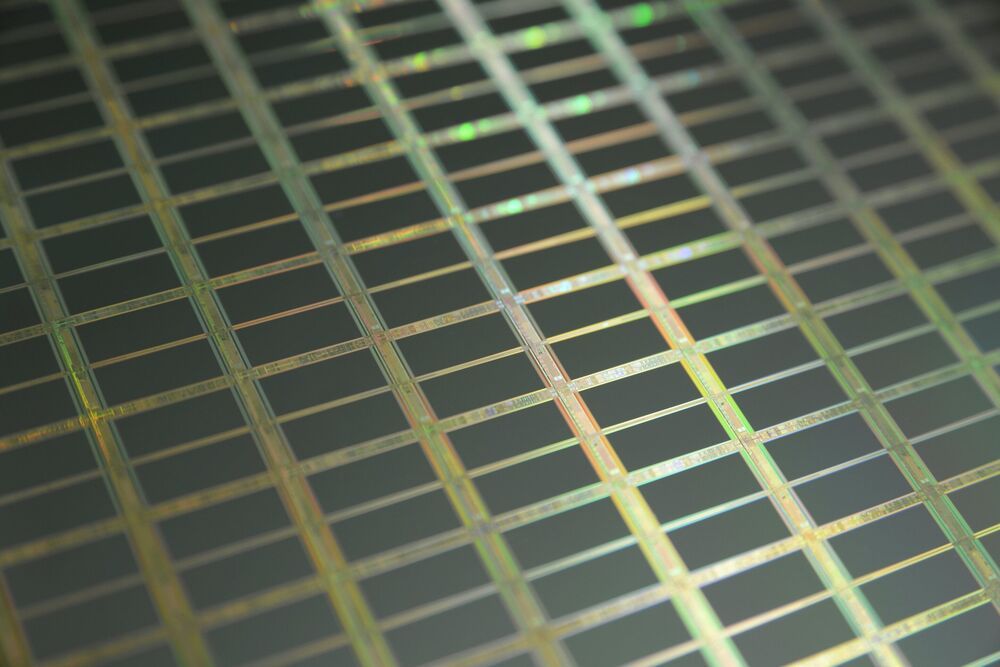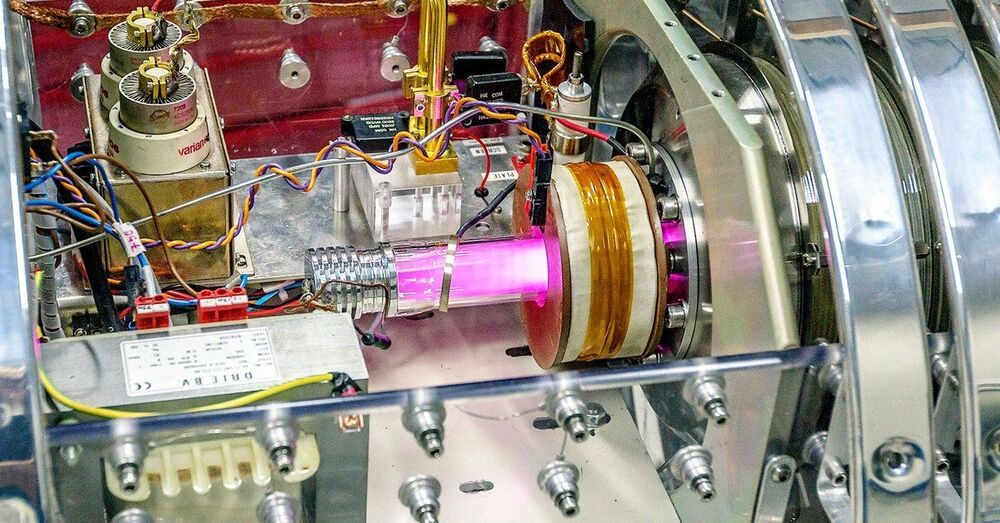These wooden lego-like blocks by Gablok let you easily construct a house in just days. (Follow Tech That Matters for more.)


These wooden lego-like blocks by Gablok let you easily construct a house in just days. (Follow Tech That Matters for more.)


US army wants to be able read soldiers minds. This would enable machines to detect stress and soldier intentions to correct them. It could also allow them to communicate with each other with just their brain signals.
Communicating silently through the mind sounds at home in a Marvel film, but now the US Army is delivering technology to do it. With that said, it may be a while before tangible results are seen.
Research funded by the US Army has managed to decode brain signals that impact action, and has also managed to separate signals that change behaviour from those that do not.
As a result of this breakthrough, it’s hoped that machines will be able to understand the intentions of soldiers and correct them before action is taken. This could protect soldiers by detecting stress, and it seems the technology could have even more significant use if further research is successful.

Japan and China are racing to build a new type of ultra-fast, levitating train, seeking to demonstrate their mastery over a technology with big export potential.
Magnetic levitation, or maglev, trains use powerful magnets to glide along charged tracks at super fast speeds made possible by the lack of friction. A handful of short distance and experimental maglev trains are already in operation, but Asia’s two biggest economies are vying to develop what would be the world’s first long-distance intercity lines.

The biggest computer chip in the world is so fast and powerful it can predict future actions “faster than the laws of physics produce the same result.”
That’s according to a post by Cerebras Systems, a startup company that made the claim at the online SC20 supercomputing conference this week.
Working with the U.S. Department of Energy’s National Energy Technology Laboratory, Cerebras designed what it calls “the world’s most powerful AI compute system.” It created a massive chip 8.5 inch-square chip, the Cerebras CS-1, housed in a refrigerator-sized computer in an effort to improve on deep-learning training models.



Glow in the dark wombats.
Scientists find out wombats also glow or have biofluorescence (when under UV light). Not long ago they found out that the platypus also glow.
Australian scientists are surprised to learn that many animals glow under UV light, though more research is required to discover why.


Code Unto Caesar
Durendal’s algorithm wrote scripture about three topics: “the plague,” “Caesar,” and “the end of days.” So it’s not surprising that things took a grim turn. The full text is full of glitches characteristic of AI-written texts, like excerpts where over half of the nouns are “Lord.” But some passages are more coherent and read like bizarre doomsday prophecies.
For example, from the plague section: “O LORD of hosts, the God of Israel; When they saw the angel of the Lord above all the brethren which were in the wilderness, and the soldiers of the prophets shall be ashamed of men.”